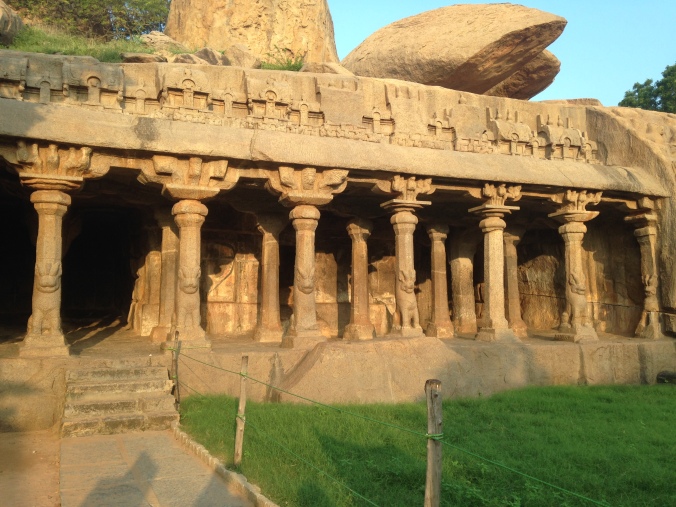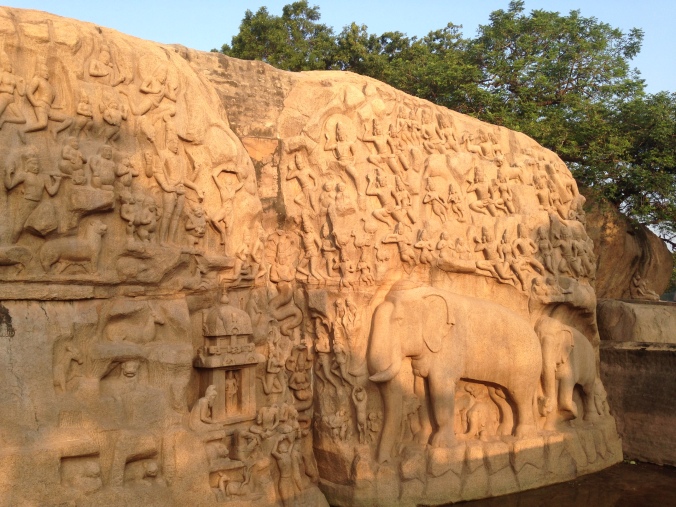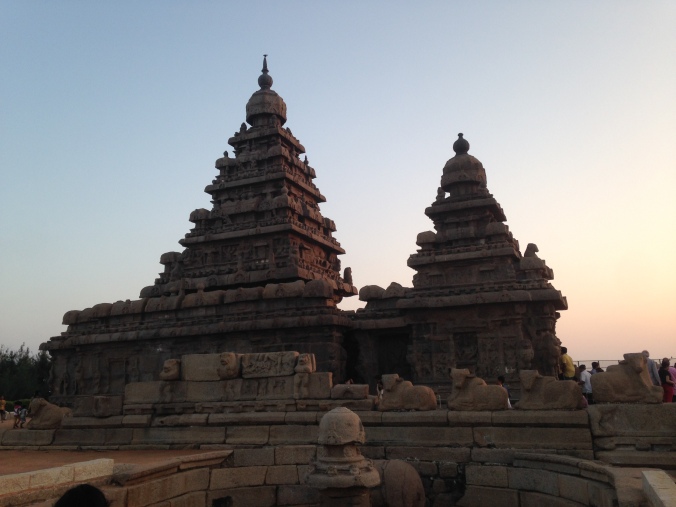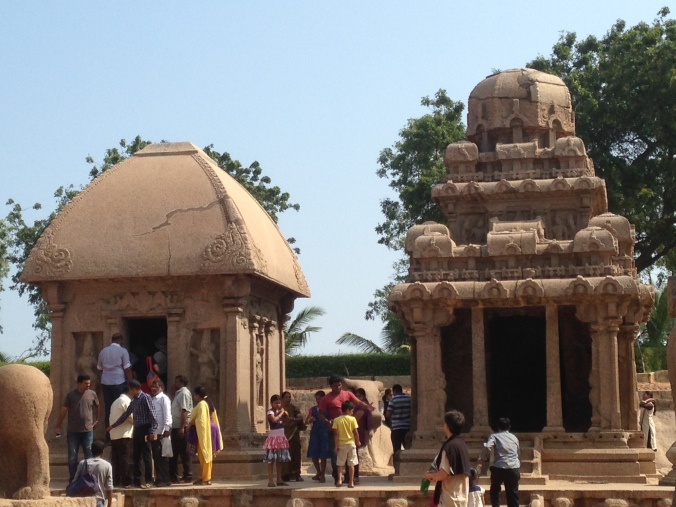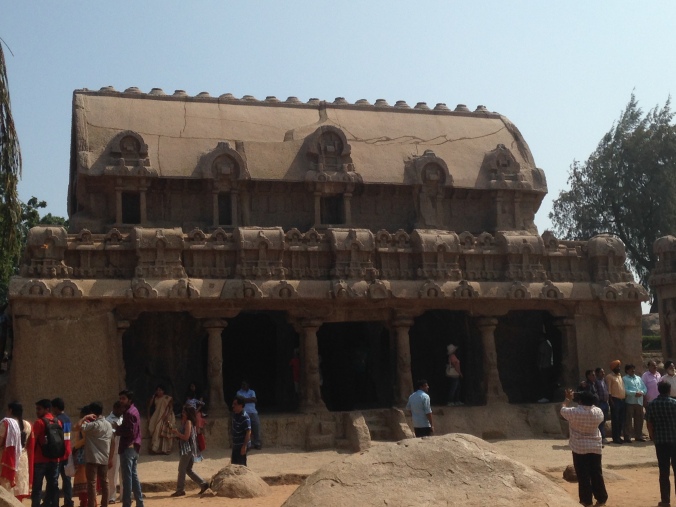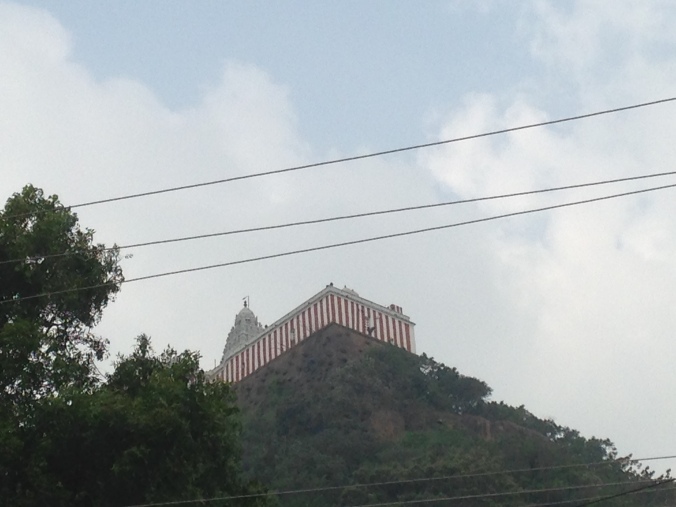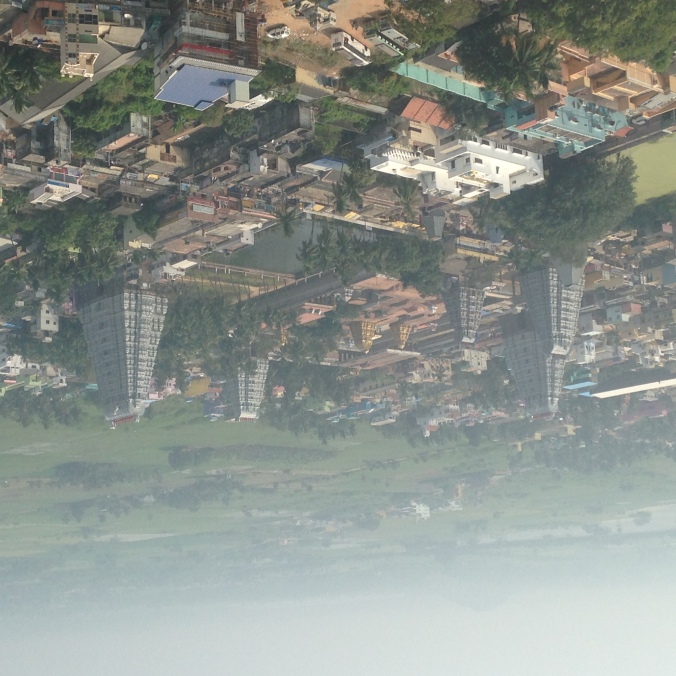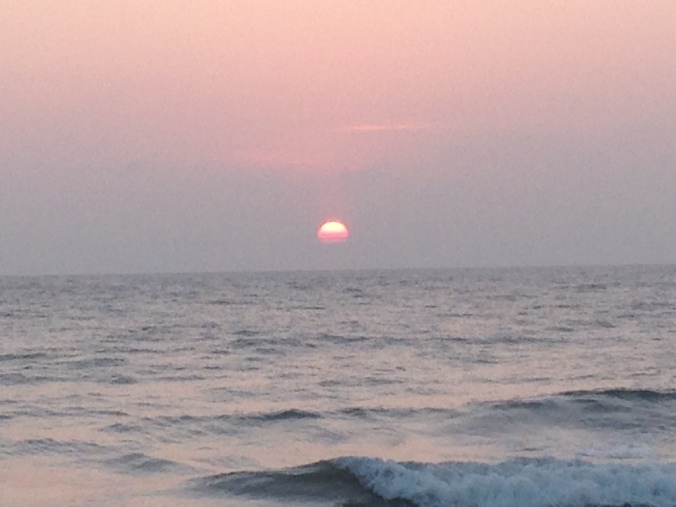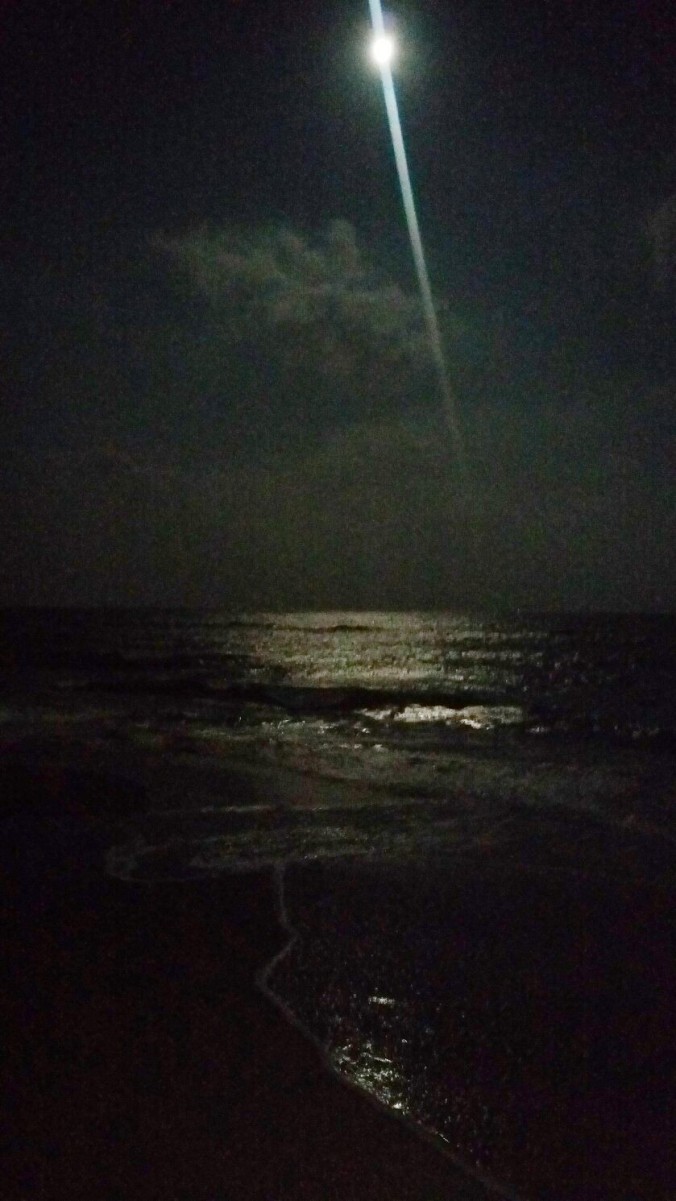A two-week work related trip to Netherlands gave me just the break I needed from the bustle at home. Shared here are notes and pictures from my weekend jaunts when there.
——————————————-
Weekend-1 (The Hague)
Sleepless eyes and sore limbs didn’t deter us as we set out to explore The Hague, just a few hours after we landed in the Netherlands after a long flight from India. The Hague (or Den Haag, as the Dutch call it) although not the constitutional capital of the Netherlands, is a politically important city – it is the seat of the Dutch parliament, hosts the International Court of Justice, residences of the Dutch Royal family and is also home to most of the foreign embassies in the Netherlands.
It took us an hour by train to reach The Hague and our first visit was to the miniature city of Maduradom via a tram ride from the central station.
Maduradom, named after George Maduro, replicates famous Dutch landmarks in miniature style (25 times smaller to scale)
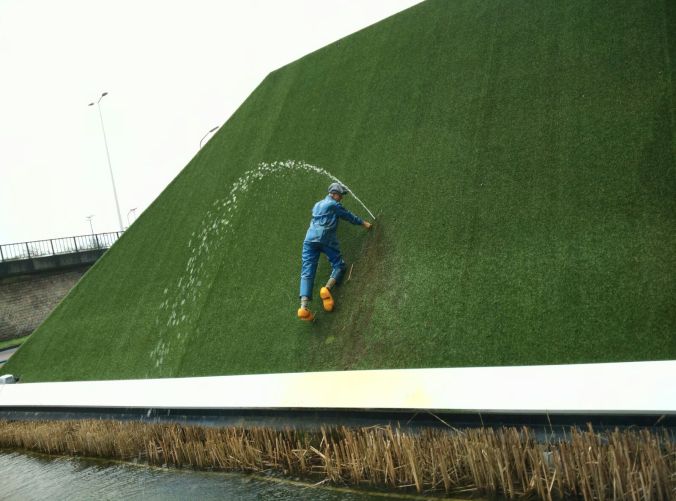
The nameless Hero of Haarlem greets you outside.
The stroll inside is quite enjoyable, although the biting cold kept most visitors away on that day.
And since I didn’t get to see any of the real Tulip gardens, I was pretty happy to have seen this. At least these do not wilt away in the winter

The coastline of North Sea is just a stone’s throw away from Maduradom. But gusts of winds were so strong and chilly that morning, that nothing in the world could have coaxed us to go anywhere close to the waters. We chose to turn around and made our way to the Peace Palace instead.
The Peace Palace
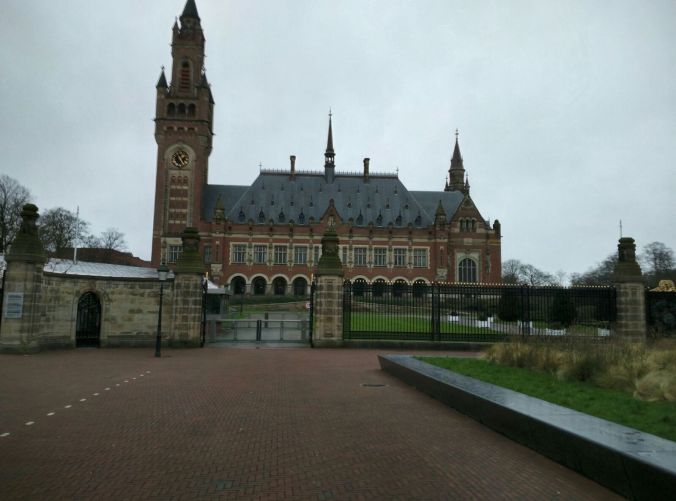
Since this is a functioning palace building that hosts the International Court of Justice (ICJ), visitors are not allowed inside, but what we do get to see is a museum adjoining the Peace Palace that gives good information to visitors on the the key people involved and the important historical events leading up to the setting up of the ICJ, via a good collection of books, pamphlets and audio-visual guides.
By this point, it was late afternoon, and the cold, tiredness and hunger had gotten the better of us. We dropped our plans to visit Rotterdam (one of the many important tourist destinations I did not get to see this time), grabbed a quick lunch at a Showarma place, and finally got on the train to take us back.
—————————————
Weekend-2 (Brussels)
Note: I had drafted this post much before 22 March – that fateful day when Brussels was ripped apart by multiple blasts that killed and maimed many – and had no idea of what was to come. It still shudders me to think a few mad men had laid waste to some of the very places we had cheerfully roamed around hardly a month earlier. My heartfelt prayers for the city.
——-
Brussels, the capital of Belgium – the land of Comics, Hercule Poirot, mouth watering chocolates, Diamonds, Beer and much, much more – beckoned us on the first day of the second weekend of our stay. Braving the sub zero temperatures and chilly winds, we set out early in the morning. A few hours of train ride via picturesque European countrysides and a couple of station hops later, we found ourselves outside the crowded central railway station. But there was a small problem – we hadn’t done our home work. We had landed in Brussels with neither a city map nor a vague idea of where to start and what to do. It did seem daunting at first, but after roaming around for a few minutes, we lucked out and stumbled upon what seemed like an important place. It later turned out to be the Kunstberg or Arts Mountain.
Kunstberg or Arts Mountain
Monuments in Arts Mountain
Situated between the Royal Palace and Grand Palace, this was originally a hilly residential area later converted into a home of sorts for artistic symbols. A garden (unfortunately barren during winter), fountains (again non-functional, when we visited), wide cascading stairs and a host of important buildings and artistic imagery mark the area. Most importantly, it is a vantage point from where one can see a good part of the city
On the left, a glimpse of the vehicles plying on the cobbled streets outside Mont des Arts; The spire of the Brussels City Hall is visible in the background.
On the right, a statue of King Albert (grandson of King Leopold I, the first King of Belgium) greeting visitors at the entrance.
By the time we were done with the Kunstberg, luckily for us, we found just what was needed – a Hop-on-Hop-off bus stop.
A Hop-on-Hop-off ride is one of the best ways to explore Brussels. They have two routes (called the red-line and the blue-line) It comes at ~23 Euros for a whole day’s trip and gives you enough time and space to cover most important places at your own pace. We boarded the bus and started with the Atomium.
Atomium

Atomium is a magnificent exhibit consisting of giant, interconnected stainless steel balls meant to represent the structure of an iron crystal. It is not just beautiful to look at, but is also a museum in itself, a symbol blending the best of art and science. The day we went, despite the cold, there was a long queue of eager visitors waiting in line to ascend the Atomium and wander through the maze. We would have loved to too, but since there was so much more to see in Brussles and so little time left, we satisfied ourselves with a few photo ops from the outside and hopped on to the red line bus for our next pit stop.
The Waffle Factory/Manneken Pis
We skipped a whole lot of important locations (although we did get to see a glimpse of these from the bus – landmarks such as the Business District, National Basilica and The Royal Residence) and arrived straight at the Manneken Pis.
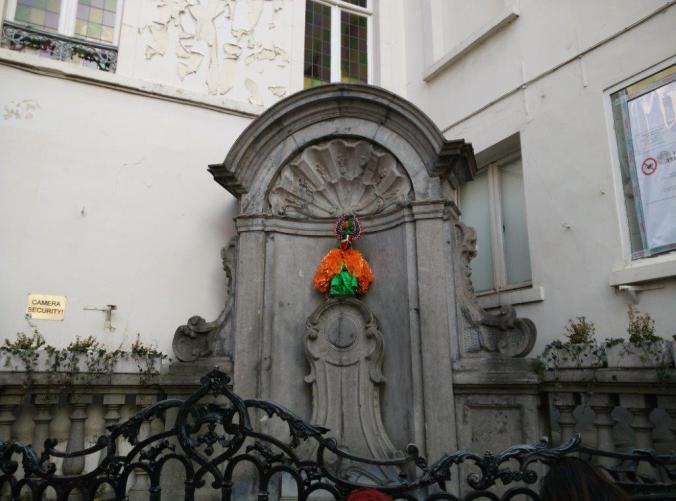
(Brownie points if you can spot a urinating boy anywhere in the picture above)
The world famous Manneken Pis is a small, four-hundred-year-old bronze sculpture, depicting a urinating boy. But to our utter disappointment, it turned out to be located in a nondescript street corner thronged by tourists and was barely visible. Further more, it was so completely draped in colored clothing on that day, that we could have sworn we were at the wrong place.
So after the mandatory photo session, we trudged along and entered the shopping streets. And boy, what a greeting we got! All around us were rows and rows of shops selling sumptuous waffles, desserts and chocolates. A chocoholic’s heaven, it wasn’t merely a treat to taste buds but also to one’s eyes and nose.
After some shopping and a lunch of (what else, but) waffles and Frittes, we strolled on and entered another of Brussels’ famous tourist spots, the Grand Palace square.
The Grand Place
The central square of Brussels is a large, open area surrounded by important buildings and shops. Even on that cold, winter morning, it was bustling with visitors, shoppers, and mini markets selling a variety of stuff. Needless to day, some of that ‘stuff’ also prominently included jewelry and (more) chocolates.
That’s us (whitened out, of course) posing in the vibrant courtyard/sqaure
By now, it was early afternoon and we had less than two hours left to board our train back. But then, another important destination remained – without visiting which we weren’t about to leave Brussels.
Comics Museum
The last item on our agenda was the Comics Museum, a short walk away from the Central Station where we had started our sojourn in the morning. A manna for comic-lovers, it is a beautiful three storied building located on a neat cobble stoned street.

Outside the Museum
Housing a wealth of pictures and information, the Museum brings out the origin and growth of comics in great detail.

The Museum’s most famous inhabitant and his creator
The souvenir shop in the ground floor selling comics and comics-related collectibles is surely not to be missed too.

An original Tintin collectible I picked up
A memorable trip also had to end memorably. After an engrossing few hours in the museum, we realized we had only a few minutes left to board the return train. And that meant our last act of the day was a hurried exit and an Usain Bolt-like sprint from the Museum to the Station. Completely unmindful of the surprised stares of the people on the streets and fellow travelers, we made a dash to the station only to find that we’d had the train timings wrong and there was still some time before our train would arrive. It was thus, gasping for breath and over mirthful laughs, we ended our short but sweet trip to Brussels.
Weekend-2 (Amsterdam)
Another lovely train ride and another lovely destination. How could one stay for two weeks in the Netherlands and not pay a visit to its dazzling capital Amsterdam? And it was but natural that we reserved the best for the last – the last Sunday of our trip was thus earmarked for the “Venice of the North”
True to its sobriquet, canals are the most distinctive feature of the Dutch capital. A canal ride is readily available for ~17Euros just outside the main station. Once you hop on the boat, it takes you on a guided tour across the city’s canals that span for over a hundred kilometers. Floating on serene waters, what one gets to witness is magical – glimpses of the past and future, the beautiful and the derelict, all at the same time, all part of the same city. The ride takes you back in history and explains how the city was born and grew and survived some of its worst experiences, including the Nazi occupation and Holocaust. Like most European cities, Amsterdam is a beautiful blend of the old and new, a reminder of bitter memories of the past, but nevertheless also a harbinger of hope.
Behind these lovely facades are a host of stories, many of them untold yet
Buoyed by that lovely ride, we had to ensure that our next stop was equally impressive. And it indeed turned out to be wonderfully so – the Rijksmuseum.
The Rijksmuseum
This museum, apparently the most popular (I surely can understand why) in the Netherlands, is a gift from heaven for art lovers. It houses rooms and rooms of precious relics of history some even dating back to the early 2nd millennium AD . The floors and rooms are themed and the themes are varied – ships, artillery, jewelry, musical instruments and so forth.
There are separate floors for art and paintings. The collection is fabulous, ranging from the pre-Renaissance era to contemporary art (Anish Kapoor) And of course, Rembrandt and other notable painters have their place of pride in the hallways too. The themes are largely religious or socially relevant, as they were wont to in those times. Notably, there was a gruesome depiction of Herod’s soldiers killing infants and the villagers retaliating. Or that of the perceived differences in Catholics and Protestants as two shores of the same river, one fertile and the other withering (cannot remember who was what 🙂 though) And there was one where daughters are trying to seduce their own father as mankind approaches its doom (Lot and his daughters? Not sure)
 Portrait of Catharina ehagel by Jacob Jordaens
Portrait of Catharina ehagel by Jacob Jordaens
I wish time had stood still while there, but it didn’t and before we knew it was time to return. It was with a heavy heart and through a super human effort I tore myself away from those hallowed galleries, walked towards the exit and finally boarded the tram back to the main station.
A busy week at work loomed ahead and it was time to end the sight seeing trips.We had barely covered a twentieth of what needed to be visited in Amsterdam, but this time we knew it was surely quality over quantity.
I sure hope I will get to go back there soon. Important places (Rotterdam, Antwerp, Luxembourg) remain to be seen and important experiences to be had (like ambling across acres of tulip garden). But till then, I am happy to have been there and come back safe, carrying fond memories that I will treasure for ever.
—
Culture
As an aside, wanted to mention this special Dutch tradition. The birth of a child in the Netherlands is celebrated by distributing this special delicacy – a type of dutch rusk with a Muisjes topping. Muisjes are sugar coated and colored aniseeds (they taste very much like our own அரிசி மிட்டாய் in Tamil) and literally mean ‘little mice’

Expectedly, blue/white muisjes mark the birth of a baby boy and pink/white ones mean baby girl. Apparently, the royal Dutch babies get orange/white colored aniseeds in their honor, irrespective of their gender.
We managed to take this picture above showing the last lot of the rusks my boss’ boss had treated us to (on the birth of his baby boy) before they were all devoured. A yummy tradition indeed!
——















